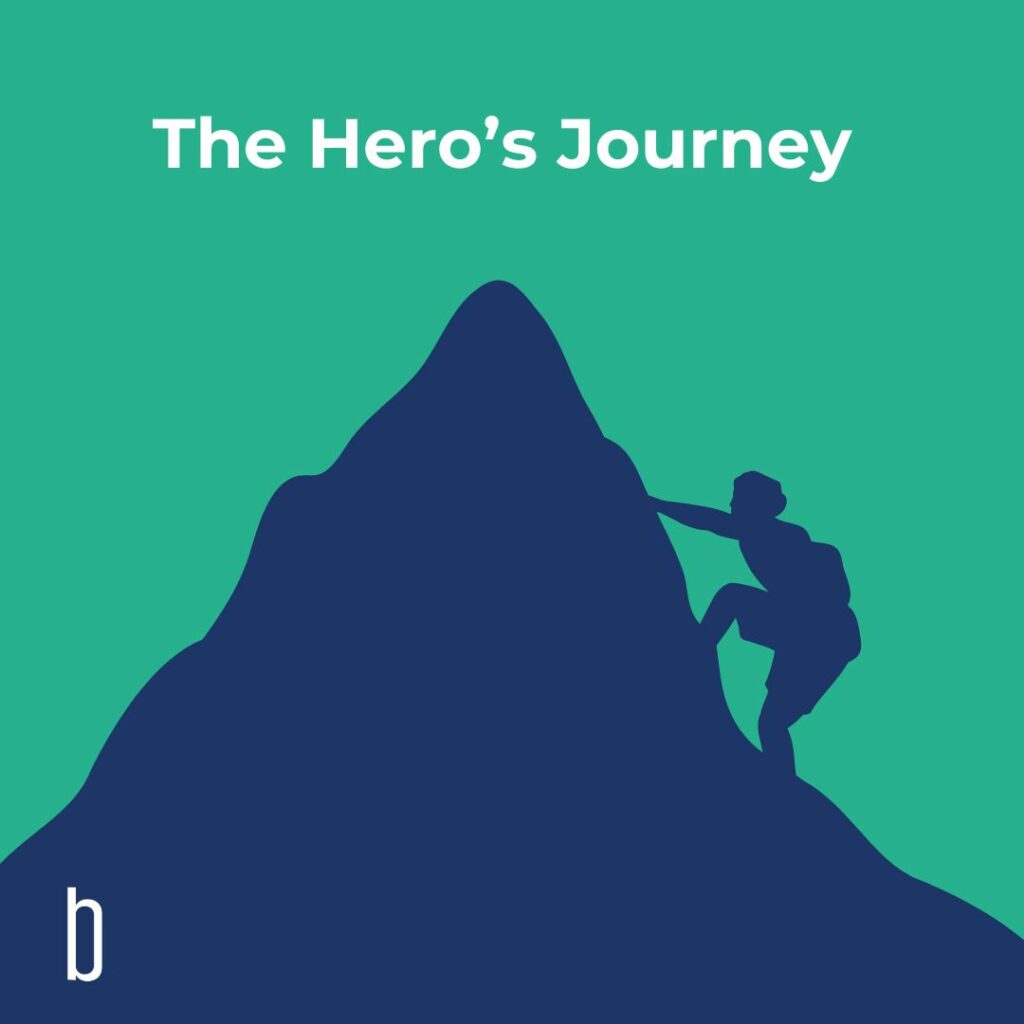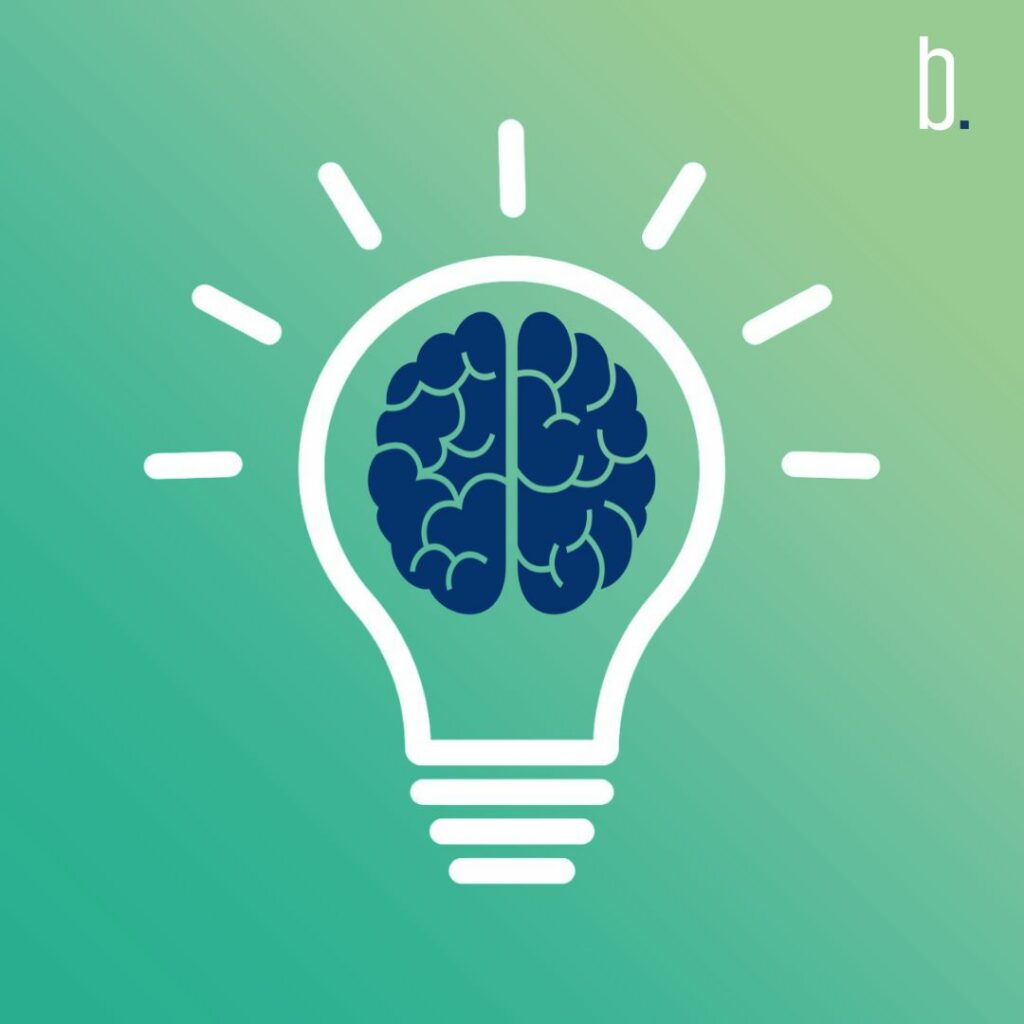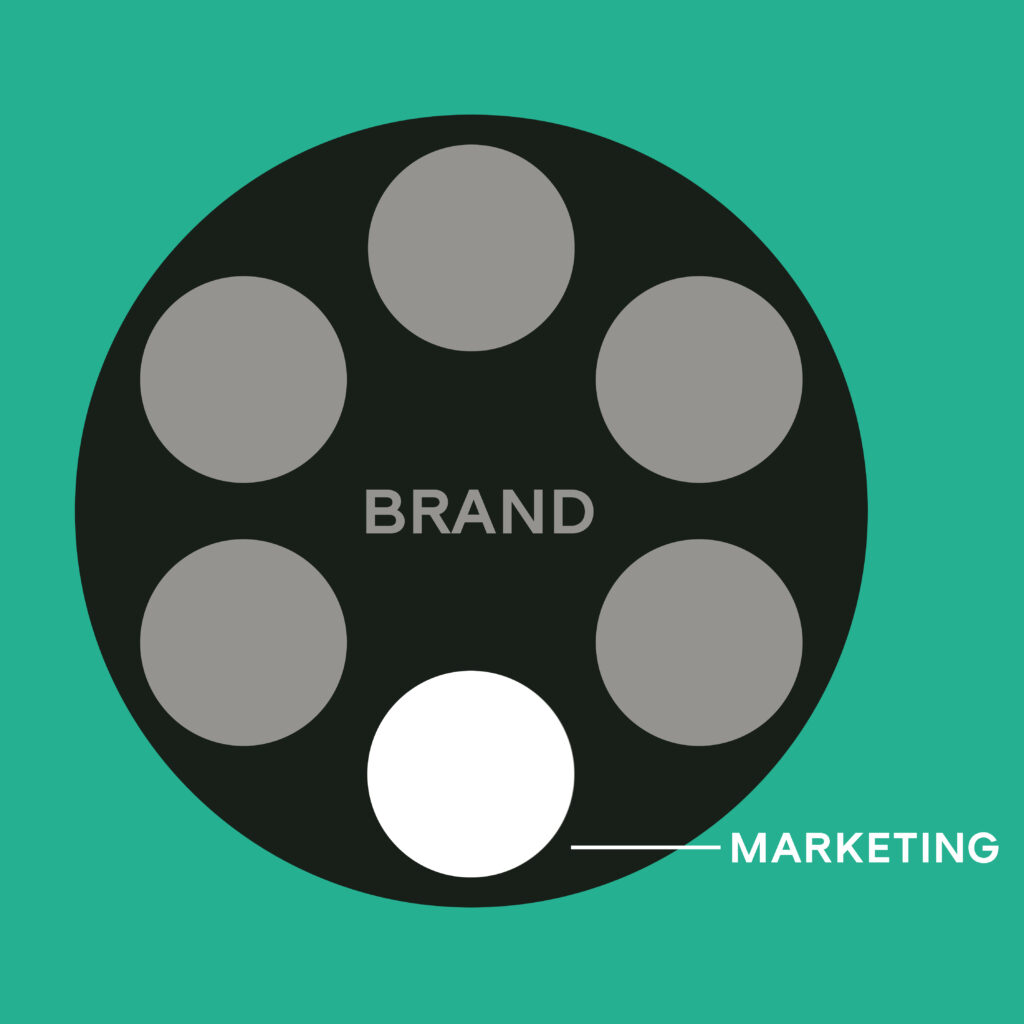Your Brand Story: The Hero’s Journey

In the ever-evolving marketplace, connecting with your audience requires more than just promoting your products or services. It demands a compelling narrative that speaks directly to the hearts of consumers. Enter the Hero’s Journey, a storytelling framework that transforms brand messaging into a captivating and meaningful adventure.
Branding Psychology: Insights for Authentic Branding

By leveraging the principles of psychology, you can craft a brand identity that not only stands out but also builds lasting relationships with your audience.
It’s in the Details: The Core Elements of a Crafted Brand Identity

In the dynamic world of business, where competition is fierce and consumer choices are abundant, brand identity plays a pivotal role in shaping how a company is perceived. But what exactly is brand identity?
Big Brand Secrets for Small Business Success

Discovering the secrets behind the success of big brands can be a game-changer for small business owners striving to make a mark.
Elevating Your Business with a Strong Brand Identity

Let’s explore the impact of visual design in branding, addressing common challenges businesses face and how a robust brand identity can solve them.
Six Reasons Your Brand May Need an Update

Is your brand stuck in the past, struggling to stay relevant in a fast-paced world?
The Cornerstone of Effective Branding

In the bustling world of business, establishing a solid brand strategy….
Marketing vs. Branding: Understanding the Essentials

This is a question many business owners and marketers grapple with…
How to Work with Creatives

Collaborating with creatives is like a band coming together
From Name Change to Repositioning

Meet Jo Querelle, a local bookkeeper with a burning desire….



